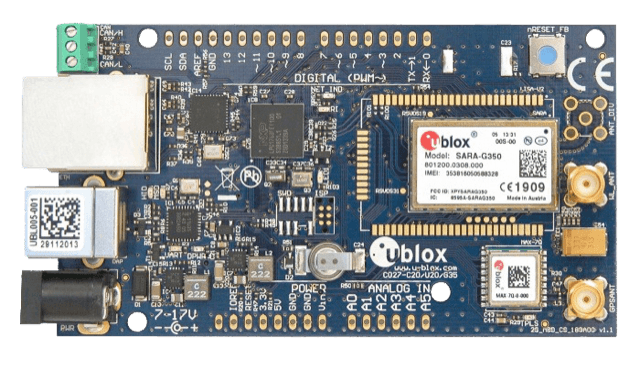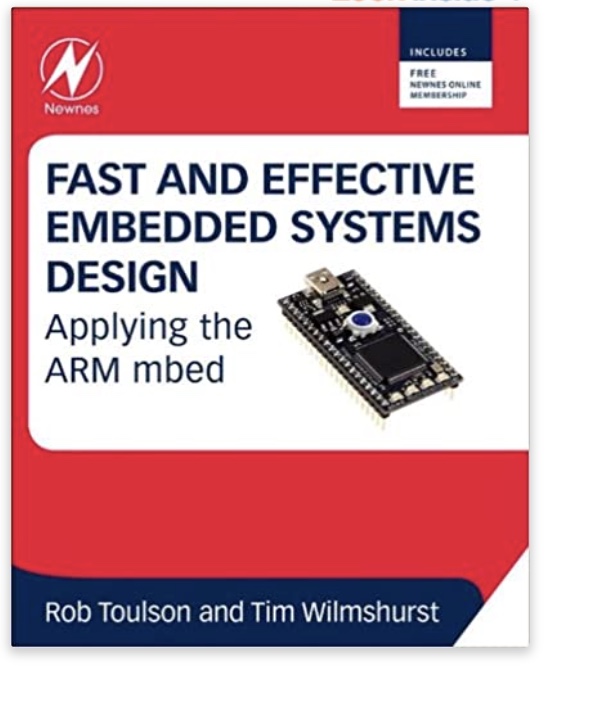Blog
Recent Posts
2G/3G Rapid Prototyping With ARM Mbed Enabled Internet Of Things Development Kit
Posted by on
The u‑blox C027 application board is an out‑of‑the‑box rapid prototyping solution for IoT (Internet of Things) applications that support GSM, UMTS and CDMA networks. The development board holds a MAX‑M8Q GPS/GNSS receiver and a LISA UMTS/CDMA or SARA GSM cellular module, enabling straightforward development of location‑aware, global communicating applications.
For an even more natural development, the C027 incorporates the powerful and flexible open‑source Arm Mbed development platform which provides free software libraries, hardware designs and online tools for professional and rapid prototyping. The platform gives access to a high‑level standards‑based C/C++ SDK for creating applications on the u‑blox C027, a significant component database of drivers for peripheral components that can connect to it, and online compiler and developer tools for effective reuse and collaboration on designs to create products quickly.
Features
- Quick prototyping with Arm® Mbed™ on integrated host CPU
- Powerful, user‑programable Cortex‑M3 microprocessor
- Compatible with a standard‑based form factor with expansion board options
- Free online mbed compiler and libraries
- 22 GPIOs with SPI, I2C, UART, and I2S interfaces
- USB drag‑n-drop programming
Fast and Effective Embedded Systems Design is a fast-moving introduction to embedded systems design, applying the innovative ARM mbed and its web-based development environment. Each chapter addresses an important topic of embedded systems, and continues as a series of practical experiments, adopting a "learning through doing" strategy.
Minimal background knowledge is needed to start. C/C++ programming is applied, with a step-by-step approach which allows you to get coding quickly. The book progresses to some "hot" embedded issues - intelligent instrumentation, wireless and networked systems, digital audio and digital signal processing. In this new edition, all examples and peripheral devices are updated to use the most recent libraries and peripheral devices, with increased technical depth, and an introduction of the "mbed enabled" concept.
Written by two experts in the field, this book reflects on the experimental results, develops and matches theory to practice, evaluates the strengths and weaknesses of the technology and techniques introduced and considers applications in a broader context.
 Loading... Please wait...
Loading... Please wait...


